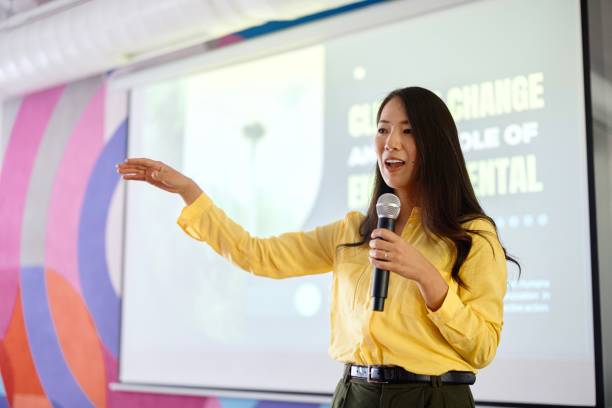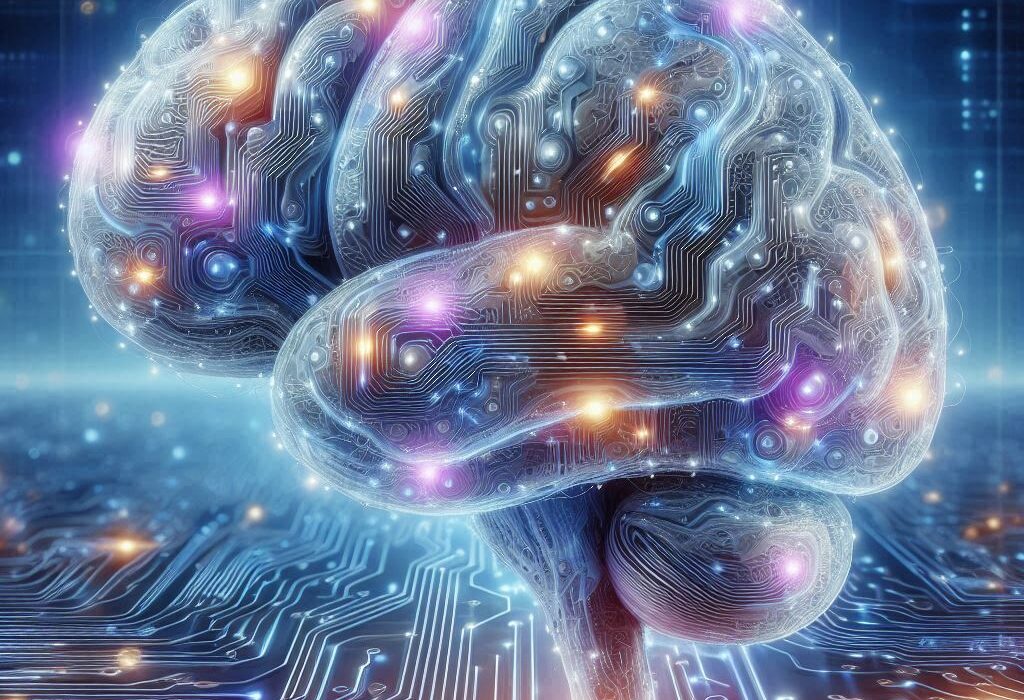Hope is not loud.
It doesn’t kick down the door or light up the sky. It doesn’t declare itself with headlines or trumpets. Hope is quiet. Often trembling. A flickering flame in the chest of someone who has every reason to give up, and yet—for reasons they can’t explain—doesn’t.
It is easy to misunderstand hope. We often confuse it with blind optimism, with wishful thinking, with denial. But hope is not the absence of struggle. It is the decision to believe, even inside the struggle, that something better is possible.
Hope doesn’t erase pain. It walks with it.
It shows up in hospital rooms. In refugee tents. In the bedrooms of teenagers wondering if tomorrow is worth it. In the hearts of those who’ve buried their dreams, their children, their loved ones. It shows up in addicts trying to get clean. In students refusing to quit. In survivors rising from trauma.
Hope is not luxury. It is oxygen.
And understanding its psychology might just be the key to surviving the storm you’re in.
The Biology of Hope
The roots of hope aren’t just poetic—they are physical. Hope lives in the body. Specifically, in the brain.
The feeling of hope activates areas like the prefrontal cortex—the same region responsible for goal-setting, decision-making, and problem-solving. When we feel hopeful, our brains light up with activity that helps us plan, persist, and persevere. In other words, hope is not passive. It is profoundly active.
Researchers like Dr. Shane Lopez, a leading expert in hope psychology, found that hopeful people are more likely to set goals, believe in their ability to achieve them, and find multiple pathways when they face obstacles. Hope, in this context, is not naïveté. It’s strategy.
And it has profound physical effects. People who cultivate hope tend to recover faster from illness, respond better to pain, and live longer. They experience lower levels of depression and anxiety. Their immune systems are stronger. Their relationships are healthier.
Hope changes the brain—and the brain changes the body.
This is why hopelessness can be so deadly. It’s not just a feeling. It’s a shutdown of the system. A neurological collapse. When hope disappears, so does the signal to keep going.
That’s why rekindling it matters more than we think.
Hope Is Not Happiness
It’s tempting to think that hopeful people are simply happy people. That they smile more, suffer less, and have an easier time. But this is a myth. Hopeful people are not spared from darkness. They are often the ones who have known it most intimately.
The difference is that they haven’t let the darkness convince them it’s all there is.
Hopeful people still grieve. They still get depressed. They still struggle with fear and doubt and failure. But somewhere inside, they carry a seed that says: this is not the end.
Hope is not a mood. It’s a perspective. And sometimes, it’s a rebellion.
To hope in a world so fractured, so cynical, so tired—that’s not foolishness. That’s defiance. That’s strength. That’s survival.
Childhood and the First Shape of Hope
The roots of hope stretch back to childhood.
Hope begins with attachment—with the earliest sense that someone will come when we cry, that our needs will be met, that we are safe. Children who grow up with caregivers who are responsive, nurturing, and consistent tend to develop a stronger internal sense of hope. Their brains learn: the world is uncertain, but not unsafe.
But even children who endure trauma can cultivate hope. In fact, sometimes it is the children with the most painful pasts who grow the fiercest hope—not because life has been kind to them, but because they have decided to be kind to themselves.
Children learn hope not just from being protected—but from watching others survive. From hearing stories where pain is not the end. From teachers who believe in them. From coaches who see potential. From neighbors, siblings, strangers who show them that the future doesn’t have to look like the past.
And when a child learns to carry hope, they don’t just survive. They begin to imagine.
And imagination is where transformation begins.
The Anatomy of Despair
To understand hope, you must also understand its absence.
Despair is not simply sadness. It’s the erosion of belief that change is possible. It’s a fog that makes the future look unreachable. It makes time feel heavy, like you’re dragging your own soul across broken ground.
Psychologically, despair narrows our perception. We lose the ability to see options, to dream, to even care. We withdraw. We shut down. Our motivation evaporates. And the cruel irony is: the more hopeless we feel, the less capable we feel of creating change—so the cycle continues.
This is why mental health disorders like depression are so lethal. They don’t just make people feel sad—they steal their hope. They convince them that things cannot get better.
This is why language matters. Why therapy matters. Why listening without fixing matters. Because in the middle of despair, sometimes the most radical act is to simply sit with someone and whisper, “I don’t know how yet—but I believe there is a way through this.”
Hope, at its most powerful, is shared.
Stories as Vessels of Hope
One of the oldest ways humans have preserved and passed on hope is through story.
Stories remind us that others have walked through darkness and made it out. They give shape to suffering. They offer context, meaning, and redemption. They hold mirrors to our pain and say, “You’re not alone.”
That’s why people return to myths, novels, memoirs, films, and even scripture during times of crisis. We are not just looking for entertainment. We are looking for proof. Proof that survival is possible. That broken things can be made whole. That the ending isn’t written yet.
Viktor Frankl, a Holocaust survivor and psychiatrist, wrote in Man’s Search for Meaning that hope was often the dividing line between life and death in the concentration camps. Those who could still find meaning—some purpose to hold onto—were more likely to endure.
Frankl believed that suffering ceases to be suffering the moment it finds meaning.
And meaning, more than comfort, is what gives hope its wings.
Hope in Crisis: What Happens When the World Shakes
When the world falls apart—through war, disaster, disease, or economic collapse—hope becomes a survival tool.
During the COVID-19 pandemic, researchers noticed a powerful trend: people with higher levels of hope showed more resilience, better coping skills, and lower levels of anxiety. Even when grief and uncertainty were everywhere, hope anchored them.
But what’s fascinating is this: hope didn’t always come from grand visions of the future. Often, it came from small, daily acts. A nurse playing music in the ICU. A neighbor leaving groceries. A FaceTime call with a grandparent. A child learning online and still dreaming.
In times of crisis, hope doesn’t look like confidence. It looks like perseverance. Like kindness. Like doing the next right thing, even when it feels pointless.
And over time, those small things stack up.
Hope builds momentum.
The Dangerous Edge of Hope
Not all hope is healthy. Hope can become toxic when it clings to denial. When it refuses to face reality. When it becomes a weapon used to silence pain.
This is called false hope—and it can be just as damaging as despair. People stuck in abusive relationships may stay out of hope that their partner will change. Patients may pursue dangerous treatments out of hope for a miracle. Governments may offer hope to pacify rather than to serve.
Toxic hope tells people to “stay positive” when they need to grieve. It demands smiles in the middle of loss. It punishes anger, silences fear, and shames sadness.
Real hope does the opposite.
Real hope makes room for grief. It tells the truth. It weeps when it must—and still believes that something new can grow from the ashes.
Real hope is fierce because it refuses to lie.
Hope as Resistance
For the oppressed, hope is not just emotional—it’s political.
Throughout history, hope has fueled movements. The hope that a system can be changed. That justice can be served. That humanity can wake up. From civil rights to climate action, hope has been the ember at the center of revolutions.
Dr. Martin Luther King Jr. spoke of a “hope that something better is coming.” Nelson Mandela called hope “a powerful weapon.” Even in prison, even in exile, hope refused to die.
Because hope is power. It threatens those who thrive on despair. It reminds the world that cruelty is not destiny.
To hope in a broken world is an act of resistance. To choose joy. To build. To nurture. To rise again and again, even as the world crumbles—that is the work of warriors.
And make no mistake: hopeful people are not weak. They are the ones rebuilding the world in secret.
How We Cultivate Hope
Hope is not a personality trait. It is a skill.
It can be nurtured. Practiced. Rebuilt after loss.
And like any skill, it requires effort.
We cultivate hope when we tell the truth about our pain. When we stay connected to others. When we celebrate progress. When we name our goals, imagine our futures, and take action—even small, messy action—toward them.
We cultivate hope by creating spaces where people feel seen. Where their stories are held. Where their pain is met with presence, not platitudes.
We cultivate hope when we refuse to rush healing. When we sit in the unknown with open hands. When we say: “I don’t have to know the way. I just have to keep walking.”
Hope is not certainty. It is courage.
And courage, thankfully, is contagious.
The Future Is a Place You Build
You are alive in a time when despair is everywhere. The headlines are heavy. The systems are cracked. The grief is global. It is easy—so easy—to give up.
But hope does not ask you to ignore reality.
Hope asks you to imagine beyond it.
To remember that the future is not something we wait for. It is something we build. In our homes. In our hearts. In our words and votes and hands.
Hope is not about guarantees. It’s about movement.
It’s about planting seeds in a garden you may never see bloom. It’s about singing while you wait. Showing up when you’re scared. Loving when it’s inconvenient.
Hope is not magic.
It is muscle.
And every time you use it, it grows stronger.
A Final Word to the Weary
If you are tired, let this be your permission to rest.
Hope is not always forward motion. Sometimes hope is holding still. Sometimes hope is going to therapy. Drinking water. Answering one email. Getting out of bed.
You don’t have to save the world to be hopeful.
Sometimes, hope is simply refusing to give up on yourself.
Because deep down, you know something. You’ve always known.
That the story isn’t over.
That your best days may still be ahead.
That light returns—even after the longest night.
That love endures.
That healing is possible.
And that inside your chest, even now, there is a small flame—flickering, persistent, sacred.
That is hope.
Don’t let it go.






